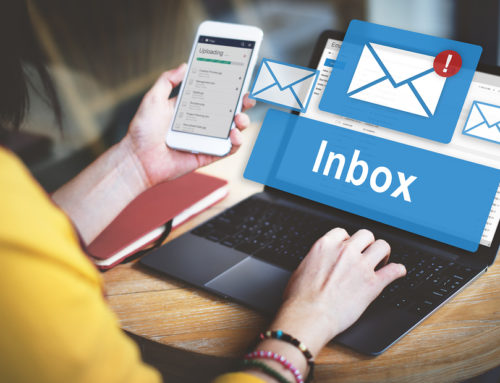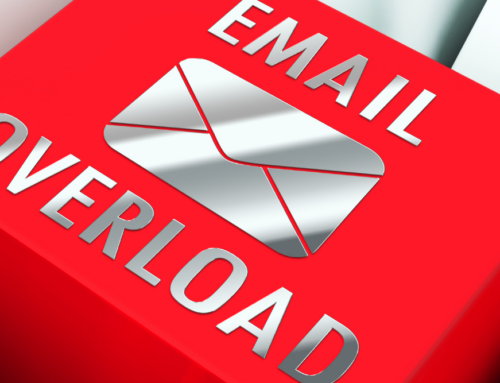
If you’re interested in improving your nonprofit’s email engagement, you might try a lot of tactics, like
- Playing with your subject lines
- Switching up the sender’s name
- Including photos or videos in the email body
- Adding more links or buttons for readers to click on
- Creating a mobile-first email template
- Adding an email welcome series
- Adding an email re-engagement campaign
While all these ideas are great suggestions, one approach beats them all.
Email Engagement Requires Segmentation
Long-term email engagement for nonprofits requires sending the people on your email list the most relevant content for them specifically. That means you are segmenting well, which means you break your big email list into smaller lists based on different criteria.
And to segment your email list well, you need to collect what’s called zero-party data. (Learn about zero, first, second, and third-party data here.)
Zero-party data is information that people freely give you about themselves. You combine zero-party data with the first-party data you generate (e.g., who clicked on an email, who donated this year, who RSVPd for the event)
When I talk to nonprofit communicators about segmenting, we often brainstorm many possibilities. Some ideas are more demographic in nature (e.g., someone’s age or neighborhood) and others are related to their interests, inclinations, and levels of experience, all of which can be very helpful in making your communications to those people as relevant as possible.
But for various practical reasons, you have to pare that list down. To do so, you can ask questions like
- Is this something we can really expect people to share via a web form or survey?
- Will they really know the answer to this question if we put it in the form, or will they just be guessing?
- What’s the likelihood that this particular topic we care about now will still be important, both to the nonprofit and to the people being served, in two or three years?
- Is this piece of information just “nice to know” or would it really help target the right people on the email list with the right information?
- Could asking this question actually turn some people off or make them feel bad in some other way?
- Is this information about the person whose personal email address we have, or about the organization they work for or about someone else in their family? When does that matter?
Of course, the biggest question of all is, “Will we actually use this data in some meaningful way?”
Email Segmentation Works Best When Nonprofits Combine Zero-Party and First-Party Data
Let’s assume you are already managing first-party data at a basic level. You can email people who have not donated yet this year or those who have already RSVPed for an event. While the people on your mailing list are taking these actions, you are tracking the data, so that’s first-party data (you are party one).
But combining this first-party data with the zero-party data the people give you themselves is where you can really level up your email engagement for your nonprofit.
You can gather this information as people get on your email list for the first time. Or you can gather it after they are already on your list and you are adding to an existing record about the person. The tools to collect zero-party data are similar regardless of when you use them.
- Polls (one question)
- Surveys (two or more questions)
- Quizzes
- Pledges
- Petitions
- Gated or Registration-Required Content
- Creating an Account on Your Website
- Asking for Additional Data on Various Registration Forms
You’ll often see these tools in website pop-ups, but you can also find them directly on websites, shared on social media, and in emails you send to your current list.
What to Include in Nonprofit Polls, Quizzes, Forms, Etc.
Now, what exactly do you ask in a poll or survey? What should your gated content or pledge be about? This is where you go back to the list of questions above: What do you really need to know to segment so you can send the most relevant content and what information are people willing to share? When the answers to those two questions are similar, you have a winner!






